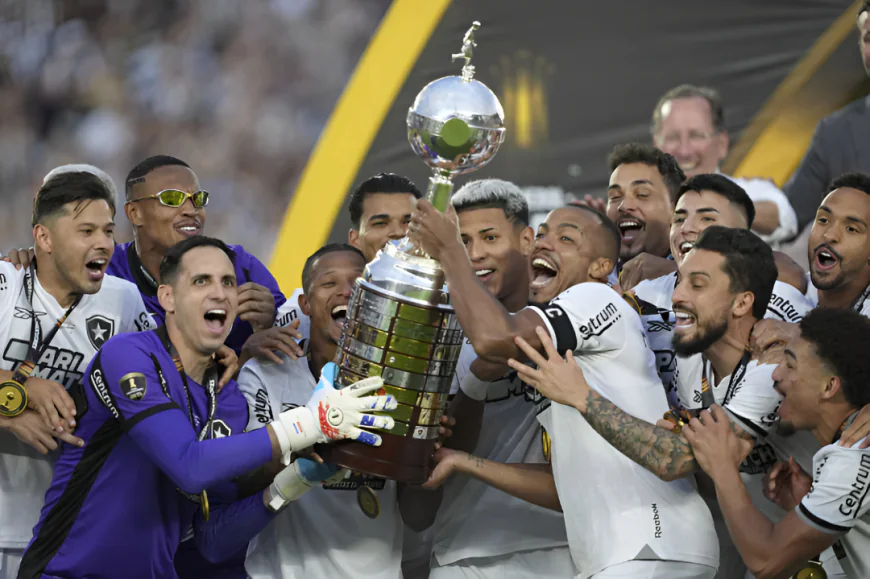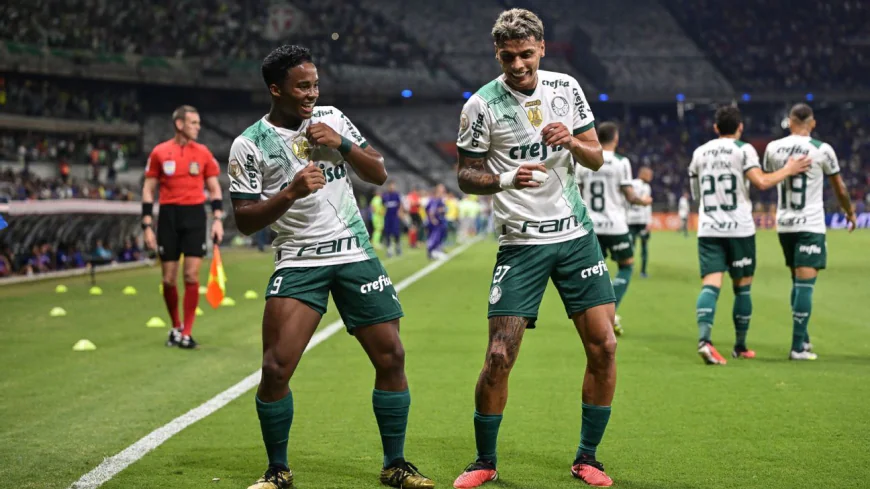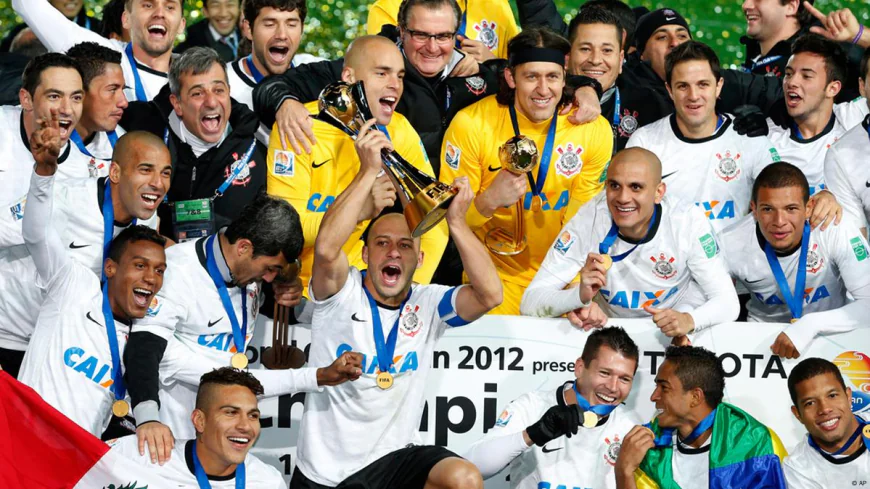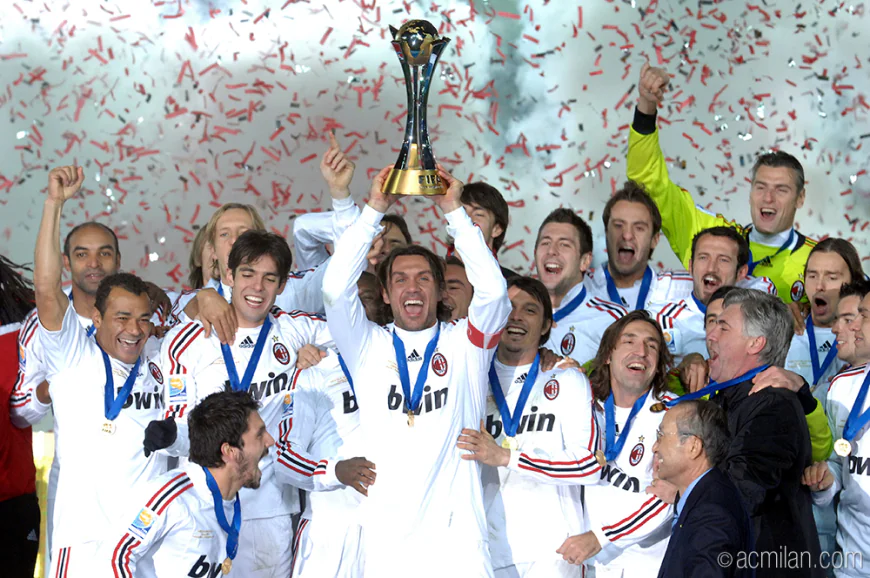Why South American Clubs Are Dominating the Club World Cup 2025
South American clubs are taking over the Club World Cup, outshining European giants like PSG and Chelsea. Explore the reasons behind this shift in global football power.

The 2025 edition of the FIFA Club World Cup kicked off with chaos and criticism, as a scheduling clash with the Gold Cup overshadowed its opening. Despite featuring host team Inter Miami, the inaugural match failed to attract massive viewership. However, as the tournament progressed, things took a dramatic turn — one that caught the attention of football fans worldwide.
While many expected a European-dominated tournament, South American clubs have stunned spectators and opponents alike. From Palmeiras drawing with Porto to Botafogo defeating UEFA Champions League holders PSG and Flamengo beating Conference League champions Chelsea, the balance of power has shifted unexpectedly.
The real question now is: Why are European powerhouses struggling, and how did South American clubs rise to the occasion? To answer that, we must examine both the history of the Club World Cup and the deep-rooted strength of South American football.
Club World Cup History: South America’s Strong Start

The Club World Cup began in 2000, with an all-Brazilian final between Corinthians and Vasco da Gama, where Corinthians emerged as champions. Surprisingly, Real Madrid finished fourth in that edition.
The second edition was canceled due to financial issues, and until 2006, Brazilian clubs dominated. Europe got its first taste of victory in 2007, when AC Milan, featuring legends like Kaka, Pirlo, Maldini, and Seedorf, claimed the title.
Between 2008 and 2012, European clubs reigned — with Manchester United, Barcelona, and Inter Milan lifting the trophy. But in 2012, Corinthians defeated Chelsea, signaling a brief South American resurgence.
From 2013 onward, European dominance returned — led by Real Madrid’s five titles — until Manchester City won in 2023. Now, in 2025, the tournament expanded to include 32 clubs and is hosted in the USA, with six South American teams participating: Palmeiras, Flamengo, Fluminense, Botafogo, Boca Juniors, and River Plate.
Why Are South American Clubs Dominating Again?

The results of the 2025 tournament have surprised fans. Here's a breakdown of the key reasons behind the resurgence of South American clubs on the global stage:
1. Strong Football Culture & Early Youth Development
Football is a way of life in Brazil and Argentina. These nations possess elite youth development systems, producing talents like Endrick, João Gomes, Andrey Santos, Valentín Barco, and Estêvão.
South American clubs often expose youth players to first-team football earlier than European clubs, making them battle-hardened and fearless by the time they reach global tournaments.
2. Talent Export = Revenue & Reinvestment
South America is football’s biggest export hub, with massive deals like:
-
Neymar Jr. from Santos to Barcelona (€88M+)
-
Vinícius Jr. from Flamengo to Real Madrid (€45M)
-
Rodrygo from Santos to Real Madrid (€45M)
These transactions generate huge funds, allowing clubs to reinvest in infrastructure, training academies, and coaching — creating a sustainable pipeline of talent.
3. Copa Libertadores: A Battlefield of Champions
The Copa Libertadores — South America’s Champions League — is a gruelling competition. Unlike Europe, where dominant clubs often cruise through group stages, every match in Libertadores is a war.
This breeds mental resilience, tactical discipline, and experience under pressure, making these clubs better prepared for global tournaments like the Club World Cup.
4. Tactical Adaptability & Grit
South American teams are renowned for their street-smart football, blending technical brilliance with tactical flexibility. In single-leg knockout matches, these qualities are often the deciding factor — and give them an edge over clubs used to more predictable match-ups.
5. Strengthening Domestic Leagues with Experience
Recent years have seen South American leagues strengthen their squads with experienced players like Thiago Almada, Facundo Torres, Sebastián Driussi, Gonzalo Montiel, Emiliano Martínez, and even Ander Herrera.
These moves have raised the overall standard of competition domestically, so when clubs enter the Club World Cup, they are battle-tested and strategically prepared.
European Giants on Alert

These surprising results have shocked European fans and pundits, especially as top players like Mbappé are sidelined. Some argue that less competitive domestic leagues in Europe may be dulling top teams’ sharpness.
Regardless, the 2025 Club World Cup has flipped expectations. What many thought would be an easy ride for European champions has turned into a tournament of upsets, ambition, and South American resilience.
Conclusion
Whether it's tactical edge, player development, or sheer hunger, South American clubs have made a global statement at the Club World Cup 2025. As the tournament progresses, all eyes are now on whether they can go all the way — and if Europe can catch up.


